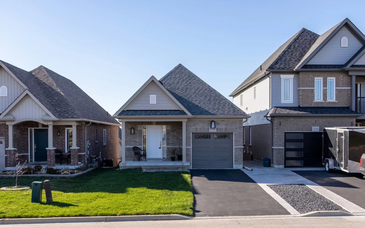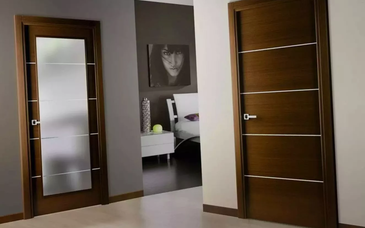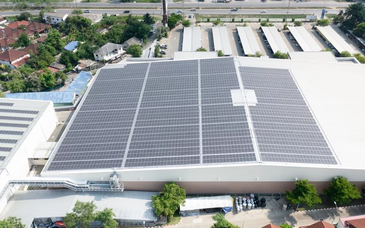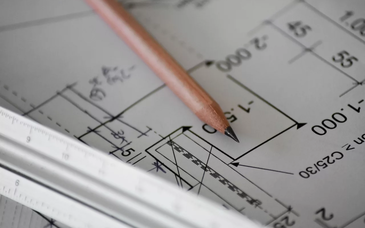Planning Your Project
Whether you’re building a custom bookshelf, installing new flooring, or repainting a room, accurate measurements are critical to success. At the planning stage, you may encounter blueprints in feet and inches while your materials list uses metric units. Instead of juggling mental calculations, turn to a reliable unit converter to streamline the process. By inputting values like “8 feet” and instantly getting “2.44 meters,” you eliminate guesswork and ensure you order the right amount of lumber or tile. This prevents costly mistakes—no more returning excess supplies or discovering you’re short by a handful of boards halfway through installation.
A good planning phase also means converting area measurements. For example, if your floor plan requires 200 square feet of hardwood flooring but the supplier lists coverage in square meters, you can quickly switch over to “Area” on the omni unit converter, input “200 sq ft,” and see that you need approximately 18.6 square meters. This level of precision helps you budget accurately, compare supplier prices fairly, and reduce waste by buying only what you truly need.
On-the-Job Measurements
Once construction begins, real-world conditions can shift. Perhaps your walls aren’t perfectly plumb, or you discover that the tile you purchased measures in millimeters instead of centimeters. Rather than pausing work to hunt down a reference chart, simply use the unit converter on your smartphone. If you measure a cabinet opening at “910 millimeters” and need that value in inches, input the number under “Length” and immediately get “35.83 inches.” This rapid conversion ensures that your cuts are precise, your materials fit exactly, and you maintain momentum without delays.
For DIY electricians or plumbers, converting between units like cubic feet per minute (CFM) and liters per second can streamline HVAC or water flow calculations. Instead of relying on cumbersome printed tables, trust a dynamic online tool. Enter “100 CFM” under “Flow Rate,” and you’ll see it’s about “0.0472 cubic meters per second,” helping you select the correct ductwork or pipe diameter on the spot. This on-the-job accuracy safeguards against system inefficiencies and potential safety issues down the line.
Finishing Touches
As your project nears completion, it’s time for cosmetic details like paint coverage and trim lengths. Paint labels often indicate coverage in square meters per liter, while your wall dimensions might be in square feet. Simply switch to the “Area” category in the omniunitconverter.com, type “350 sq ft,” and see that you’ll need about “32.5 square meters.” This ensures you purchase the right number of paint cans—avoiding extra trips to the hardware store or dangling joints from insufficient trim length.
Finally, for those final quality checks—such as verifying that the new countertop overhang meets building codes—you can convert overhang dimensions from inches to centimeters in seconds. By relying on a trustworthy tool throughout your project, you not only save time but also reduce stress, prevent rework, and deliver a professional-grade finish. Embrace the convenience of a complete online conversion suite, and watch your DIY projects transform from good ideas into perfectly executed realities.





